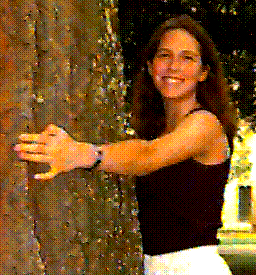
|
|
Causes of Earthquakes
-Earthquakes usually occur along plate boundaries.
-The two masses of earth, if sliding past each other, tend to ward and eventually have a massive slip past each other.
-The initial point of breakage under the surface of the Earth is called the focus, while on the surface f the Earth it is called the epicenter.
-Scientists find these initial points by measuring shock
waves that ensue from the focus.
Seismic Waves
-There are three main types of seismic waves; primary or P waves, secondary or S waves, and surface waves.
-Primary waves are the first and fastest waves to come from the focus. P waves are compressional waves, similar the sound waves in disposition. They push or pull material as they pass through the interior of the Earth.
-Secondary waves are shear waves that push material at right angles to their direction of passage.
-Surface waves are those felt on the Surface of the Earth.
These waves need a free medium to pass through and are, therefore, restricted
to the surface.
Application of Seismic Waves in Exploring the Earth's Interior
-P and S waves are reflected as they travel through the interior of the Earth. Shadow zones are areas of the Earth that are sheltered from the passage of the waves.
-Some P waves will go through the liquid outer core as well as the inner solid core of the Earth, while all S waves are reflected from the liquid outer core.
-Scientists use this reflection of seismic waves to determine
the composition and structure of the Earth's interior.
Application of Seismic Waves in Finding Oil
-Scientists map the floor of the ocean usingP waves or sound waves. When the waves hit the floor they are reflected back to the surface where special underwater receptors pick up the waves.
-These maps are used to determine what type of sedimentsry structures lay beneath the surface.
-Certain sedimentary structure trap oil, such as faults,
folds, and domes.
Information Received from:
Press, Frank and Raymond Siever. Understanding Earth. New York: W. H. Freeman and Company, 1994.

|
|